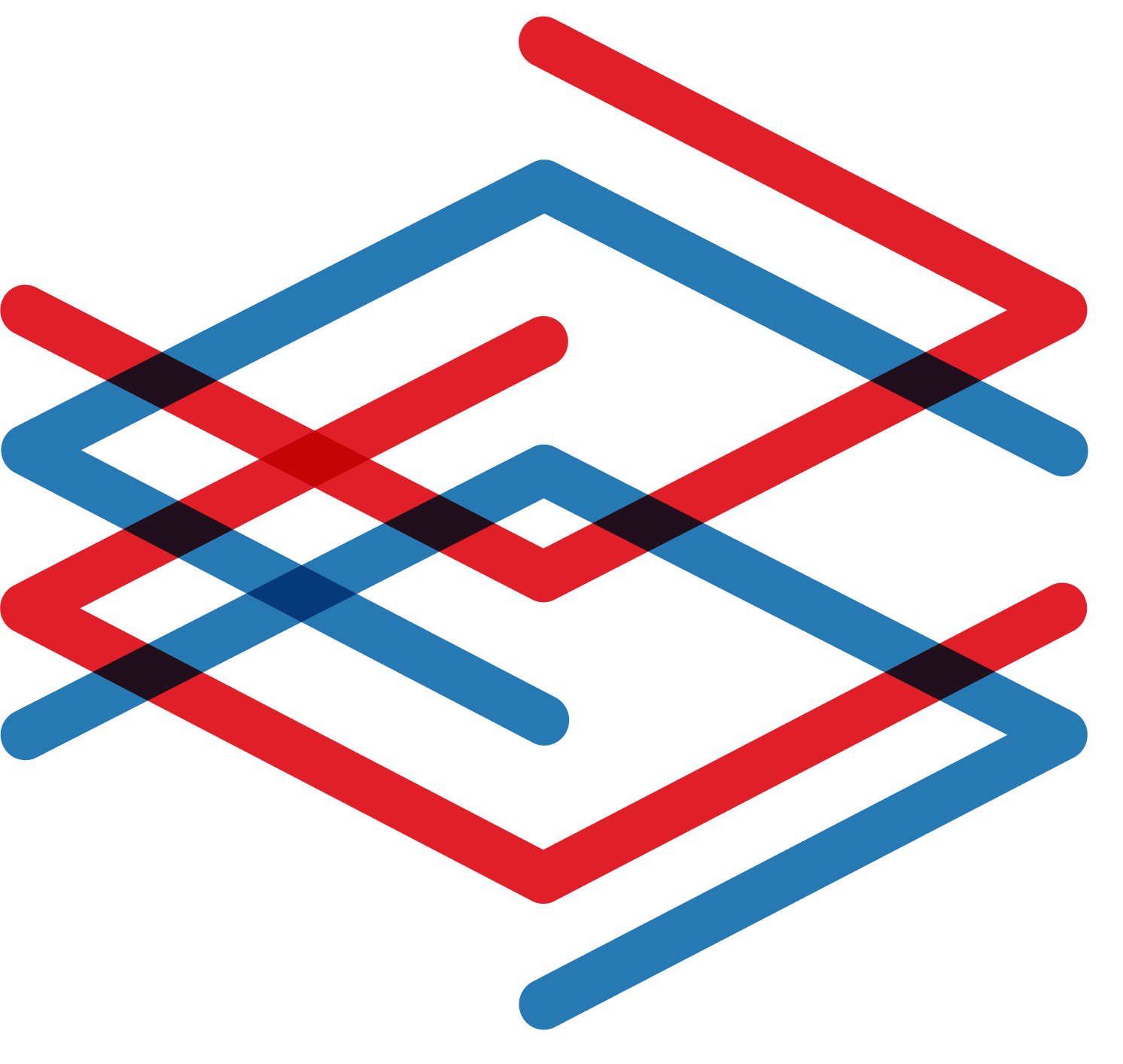What if I were to tell you that you don't have to swap out your SIEM?
- Lea Deswarte
- Oct 2, 2023
- 3 min read
Thinking of replacing your SIEM? Well, as you grapple with the exorbitant expenses of data ingestion and storage, endure the interminable slowness of searches, contend with the rigidity of your interface, confront the challenges of achieving multi-domain and multi-site compatibility, and wrestle with the limited capacity to accommodate new use cases... you’re almost certainly considering a new shiny alternative?
Let's not rush into "immediate" SIEM replacement, as many blog articles suggest, as a number of organizations, including some of our customers, have faced significant challenges in the process. You might often have read a phrase like "seamlessly replace your legacy SIEM". Well, it’s not that easy… and do you really have to go through with it? Let’s dive in!
The topic of SIEM replacement is frequently approached with a sole focus on technology. However, when we return to the fundamentals, especially the PPP framework - People / Process / Product - in precisely that order (this is significant), we understand that the subject encompasses much more than just technology.
People are commonly perceived as the weakest link in the reality of cybersecurity, primarily because human errors or oversights can inadvertently expose vulnerabilities. Thus, cybersecurity training and awareness initiatives become imperative. Employees must gain insight into potential risks, comprehend their roles and responsibilities, and recognize the repercussions of their actions on the overall security posture of the organization.
While this addresses the general perspective, focusing on the management of a cyber team, whether it's a SOC or a CERT, reveals that the shortage of expert personnel can become a significant challenge. It's a well-known fact that recruiting and retaining skilled technical resources in the cyber domain is a formidable task. Cyber expertise remains a scarce commodity in the job market, compelling organizations to bring in inexperienced individuals with the hope of nurturing their talents, but this process incurs substantial costs and time investments. Moreover, the role of a cyber analyst can swiftly evolve into a monotonous routine, marked by repetitive tasks, minimal value addition, and a lack of collaborative synergy.
Process encompasses the procedures and policies established to govern the interaction between individuals and technology. These processes can encompass a wide spectrum, ranging from straightforward password policies to complex recovery plans. It is imperative that these processes not only undergo thorough documentation but also undergo regular scrutiny and updates to remain aligned with evolving threats. However, it raises the question: are these processes genuinely put into action? In an environment where threats constantly advance in complexity, how can we ensure that our processes empower us to outpace attackers? Moreover, how do we effectively manage communication between the back-end and front-end in terms of change management, feedback mechanisms, and roll-back procedures? There are numerous intricate challenges that organizations may inadvertently overlook due to the resource-intensive nature of addressing them, bringing us back to the issue of the shortage of qualified personnel.
Finally, technology (Product) is the last piece of the puzzle, providing the tools needed to defend against cyber threats. Crucially, technology alone cannot secure an organization. It must be implemented effectively, regularly updated and used in conjunction with knowledgeable people and solid processes. And yet technology is the first solution you turn when your security posture is at risk and/or you've been cyber-attacked. This often leads to an overwhelming number of tools, with Ponemon reporting an average of 45 tools per organization... And as the number of tools increases, so do the problems: interoperability, false positives, management, governance, usability…
When you learn that replacing your legacy SIEM can cost between 200k€ and 400k€ to plan, to which you have to add the cost of the new solution and migration, as well as the double RUN effort, it might be worth looking at solutions that allow you to leverage your existing system. What if I told you there was another approach, one based on what you've already got and which integrates the 3Ps simultaneously? So rather than going headlong into replacing your SIEM, what if you could:
Make PEOPLE 25% more efficient without the need for extensive training, by empowering them with an assistive investigation platform that doesn't require writing code or using specific query languages.
Improve PROCESSES by collaborating and sharing collective knowledge for x4 faster decision-making.
Optimize your existing SIEM by identifying, in a matter of hours, the rules that will never react and those that are missing; those that deserve to trigger an Incident Response mechanism, and make it effective.
